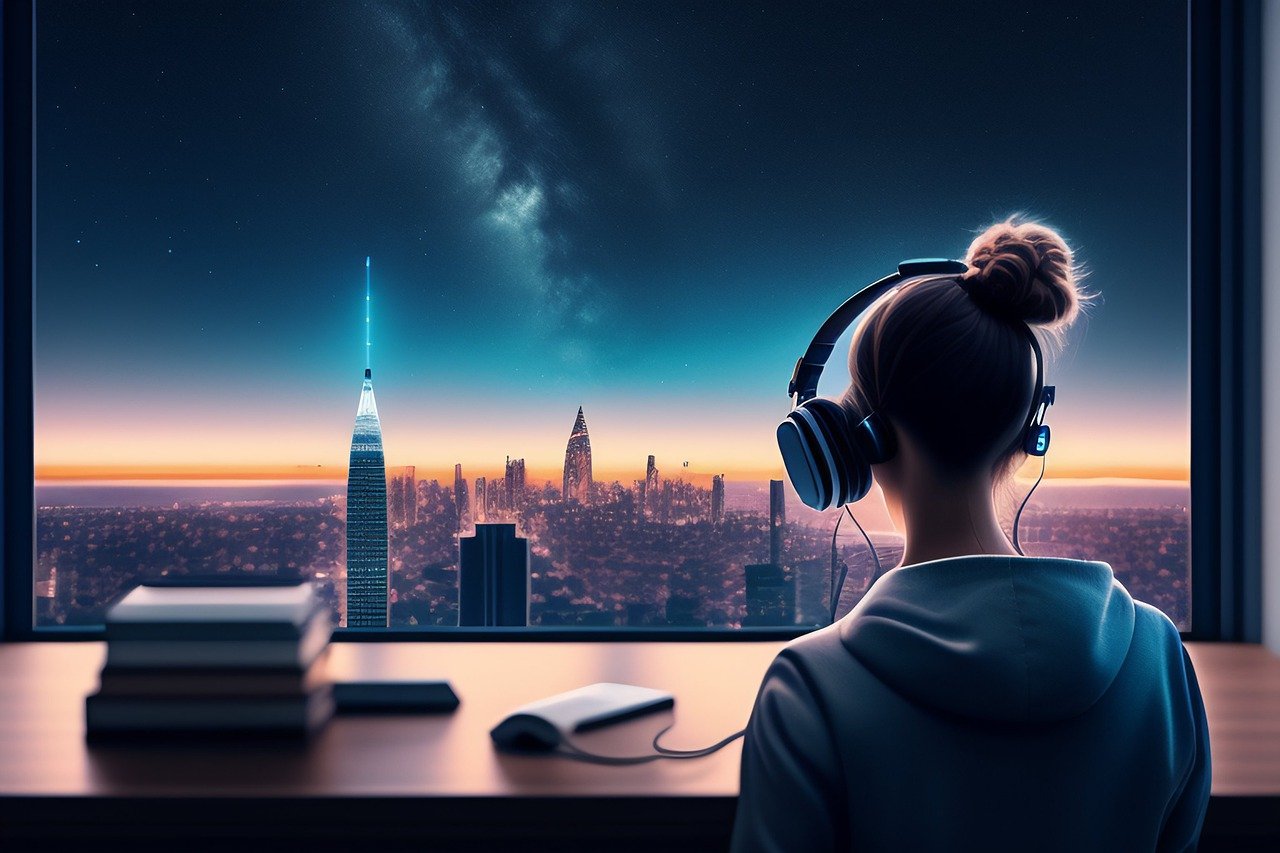
Education has always been a crucial pillar of society, shaping the minds and skills of future generations. As we enter the digital age, a new contender has emerged to revolutionize the traditional classroom experience: Artificial Intelligence (AI). In this article, we will explore the dynamic between AI and traditional education, examining their strengths, weaknesses, and the potential impact they have on the classroom of the future.
1. Introduction
In this section, we will define AI and traditional education, emphasizing their significance in today’s world. With the rapid advancements in technology, the way we learn and teach has undergone a substantial transformation. The integration of AI into education opens up a new realm of possibilities, prompting us to question the role of traditional methods.
2. AI in Education
AI brings numerous benefits to the classroom, creating personalized learning experiences tailored to individual students. Intelligent tutoring systems leverage AI algorithms to adapt and cater to the unique needs of learners, enhancing their understanding and knowledge retention. Adaptive assessments utilize AI to assess students’ performance, providing real-time feedback and identifying areas of improvement.
3. Traditional Education Methods
While AI offers exciting prospects, traditional education methods possess their own advantages. Face-to-face interaction between students and teachers fosters social and emotional development, encouraging collaboration and communication skills. The human touch in education plays a vital role in creating a holistic learning environment.
4. AI vs. Traditional Education: A Comparative Analysis
In this section, we will compare AI and traditional education across various aspects. We will delve into the effectiveness of learning outcomes, examining how AI-driven approaches fare against traditional methods. Additionally, we will explore the impact on the teacher-student relationship, highlighting the unique contributions each approach offers. Furthermore, we will discuss the customization and personalization capabilities of AI and evaluate the cost and accessibility factors associated with both approaches.
5. Integrating AI with Traditional Education
Rather than a battle between AI and traditional education, the future of education may lie in their integration. Hybrid models of education that leverage the strengths of both AI and traditional methods have emerged. These models employ augmented intelligence in classrooms, empowering teachers with AI tools to enhance their effectiveness in delivering quality education.
6. The Future of Education
In this section, we will envision the future of education, taking into account the ongoing evolution of the education system. We will examine the challenges and opportunities that arise with the integration of AI and traditional education. Striking a balance between the advantages of AI and the irreplaceable role of human involvement will be crucial in shaping the classroom of the future.
7. Conclusion
As AI and traditional education continue to shape the landscape of learning, it is evident that both approaches have their merits and limitations. AI brings forth the potential for personalized and adaptive learning experiences, leveraging intelligent tutoring systems and adaptive assessments. On the other hand, traditional education methods foster social and emotional development through face-to-face interactions and the human touch.
Rather than pitting AI against traditional education, the future of education lies in their integration. Hybrid models that combine the strengths of AI with the invaluable contributions of human teachers offer a promising path forward. Augmented intelligence in classrooms empowers educators to deliver high-quality education while leveraging the capabilities of AI tools.
However, it is essential to strike a delicate balance between the advancements of AI and preserving the fundamental aspects of traditional education. While AI can enhance efficiency, customization, and accessibility, human teachers play a vital role in fostering critical thinking, creativity, and the development of interpersonal skills.
The battle for the classroom of the future is not a binary choice but a symbiotic relationship between AI and traditional education. Embracing the potential of AI while preserving the essential elements of human interaction will shape a holistic and effective education system.
FAQs
Q1: Will AI replace human teachers in the future?
Ans:- No, AI is not meant to replace human teachers. While AI can enhance the learning experience, human teachers provide the emotional connection, mentorship, and guidance that are crucial for students’ holistic development.
Q2: What are the advantages of AI in education?
Ans:- AI in education offers personalized learning experiences, adaptive assessments, and intelligent tutoring systems. It can tailor educational content to individual student’s needs, provide real-time feedback, and optimize learning outcomes.
Q3: Can AI provide a more inclusive education system?
Ans:- Yes, AI has the potential to make education more accessible and inclusive. It can provide tailored resources and support to students with diverse learning styles and abilities, ensuring that no one is left behind.
Q4: Are there any ethical concerns surrounding AI in education?
Ans:- Yes, ethical considerations such as data privacy, algorithmic bias, and the potential for overreliance on technology need to be addressed. Safeguarding student privacy and ensuring fair and unbiased AI algorithms are crucial in the integration of AI in education.
Q5: How can teachers adapt to the integration of AI in classrooms?
A:- Teachers can embrace the integration of AI by upskilling themselves and becoming proficient in utilizing AI tools. They can leverage AI to enhance their teaching practices, personalize instruction, and provide targeted support to their students.
Remember, education is a dynamic field, and the classroom of the future will continue to evolve as technology advances. By harnessing the strengths of both AI and traditional education, we can create a transformative learning environment that prepares students for the challenges and opportunities of the future.
